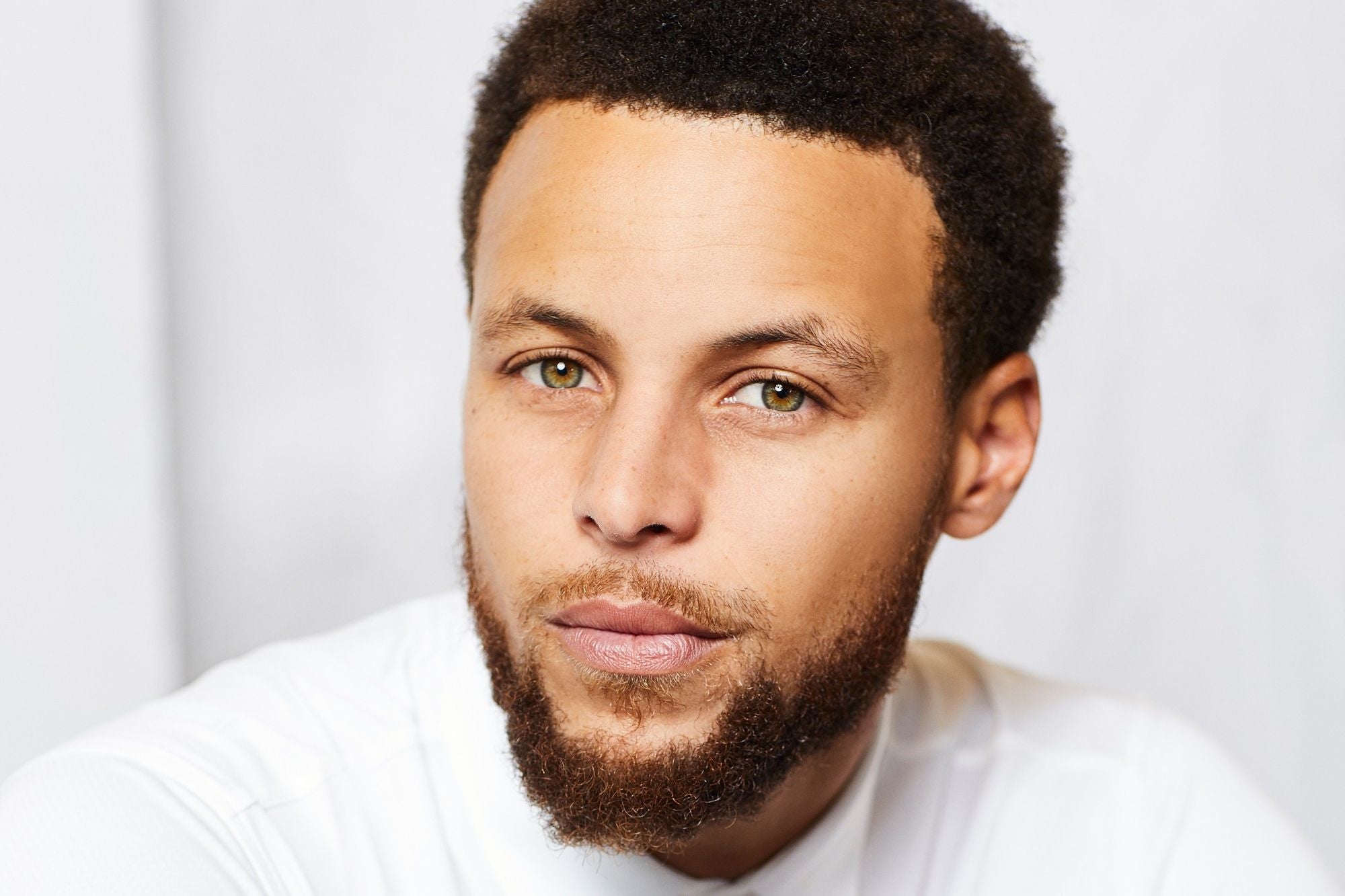Five Graphs About Impact Investing That You Need To See Discover five essential data points that make up the current landscape of impact investing and its role in shaping global progress.
Opinions expressed by Entrepreneur contributors are their own.
You're reading Entrepreneur Middle East, an international franchise of Entrepreneur Media.

Over the past 20 years, impact investing has undergone a remarkable evolution, driven by a confluence of societal, economic, and technological factors. Here are five data points that you need to know about the state of impact investing today:
1. The widening gap in investments in the United Nations Sustainable Development Goals (SDGs) since 2015 According to the United Nations Conference on Trade and Development's (UNCTAD) World Investment Report 2023, developing countries are facing a widening annual investment deficit to achieve the SDGs by 2030. The annual gap is now about US$4.2 trillion per year, up from $2.5 trillion in 2015 when the SDGs were adopted, driven by weak growth in the early years, and the sharp decline in investment during the COVID-19 pandemic.
According to the United Nations Conference on Trade and Development's (UNCTAD) World Investment Report 2023, developing countries are facing a widening annual investment deficit to achieve the SDGs by 2030. The annual gap is now about US$4.2 trillion per year, up from $2.5 trillion in 2015 when the SDGs were adopted, driven by weak growth in the early years, and the sharp decline in investment during the COVID-19 pandemic.
2. The widening SDG investment gap in developing countries per sector In 2022, international investment in critical SDG sectors such as infrastructure and energy showed growth in developing countries. Despite this growth, the gap has widened significantly driven by insufficient investment and escalating needs. More than half of the gap is made up by developing countries' energy investment needs sitting at $2.2 trillion per year. This underscores the urgency of mobilizing increased support and resources to bridge the SDG investment gap, and accelerate progress toward a more sustainable and equitable future for all.
In 2022, international investment in critical SDG sectors such as infrastructure and energy showed growth in developing countries. Despite this growth, the gap has widened significantly driven by insufficient investment and escalating needs. More than half of the gap is made up by developing countries' energy investment needs sitting at $2.2 trillion per year. This underscores the urgency of mobilizing increased support and resources to bridge the SDG investment gap, and accelerate progress toward a more sustainable and equitable future for all.
3. Unleashing the power of capital markets  The figures linked to the investment requirements for achieving the SDGs are staggering. However, they merely constitute a small portion of the enormous $112 trillion in global assets under management. Clearly, the issue isn't a lack of capital; rather, it's the redirection of more of these funds toward the SDGs, and ensuring that each dollar contributes significantly to the necessary positive transformations.
The figures linked to the investment requirements for achieving the SDGs are staggering. However, they merely constitute a small portion of the enormous $112 trillion in global assets under management. Clearly, the issue isn't a lack of capital; rather, it's the redirection of more of these funds toward the SDGs, and ensuring that each dollar contributes significantly to the necessary positive transformations.
Related: Shifting Mindsets: Growing A Culture Of Impact Investing In The MENA Region
4. Impact assets under management (AUM) growth over a five-year period  According to research conducted by the Global Impact Investing Network (GIIN), organizations have significantly increased their impact assets in the past five years. In total, impact AUM surged from $95 billion in 2017 to $213 billion by the close of 2022, representing a compound annual growth rate (CAGR) of 18%. At the median, organizations held $98 million in impact AUM in 2017, which has surged to $242 million in 2022, suggesting that organizations are increasing their impact assets. This data indicates a clear trend of organizations progressively expanding their commitment to impact-driven investments. While this is encouraging, this trend needs to strongly accelerate to be able to meet the UN SDGs.
According to research conducted by the Global Impact Investing Network (GIIN), organizations have significantly increased their impact assets in the past five years. In total, impact AUM surged from $95 billion in 2017 to $213 billion by the close of 2022, representing a compound annual growth rate (CAGR) of 18%. At the median, organizations held $98 million in impact AUM in 2017, which has surged to $242 million in 2022, suggesting that organizations are increasing their impact assets. This data indicates a clear trend of organizations progressively expanding their commitment to impact-driven investments. While this is encouraging, this trend needs to strongly accelerate to be able to meet the UN SDGs.
5. Distribution of impact investing per organization type  According to a GIIN report based on data insights from 308 impact investing organizations, the impact investing industry is diverse, spanning geographies, sectors and investor types. Most investors in the sample are investment managers (63%), with most investors are headquartered in developed markets (74%).
According to a GIIN report based on data insights from 308 impact investing organizations, the impact investing industry is diverse, spanning geographies, sectors and investor types. Most investors in the sample are investment managers (63%), with most investors are headquartered in developed markets (74%).
Explore how impact investing aligns capital with positive societal and environmental outcomes- check out our special report on impact investing here.
This article was originally published on Lucidity Insights, a partner of Entrepreneur Middle East in developing special reports on the Middle East and Africa's tech and entrepreneurial ecosystems.
Related: Redefining Capital's Purpose: The Evolution Of Impact Investing












